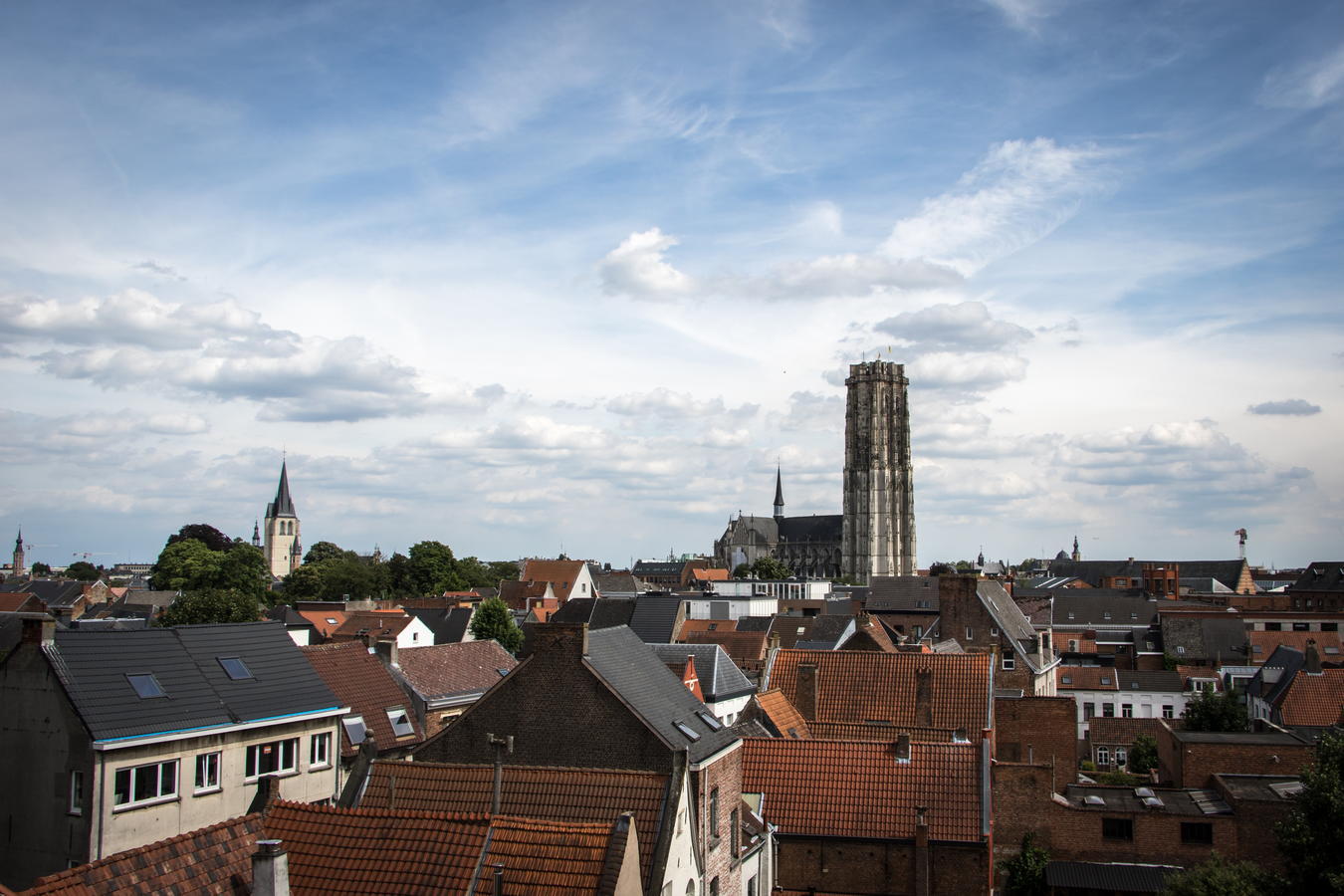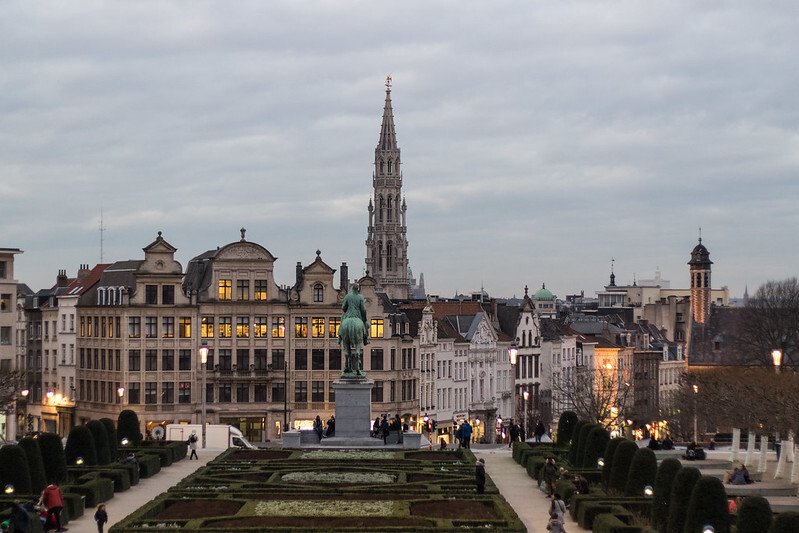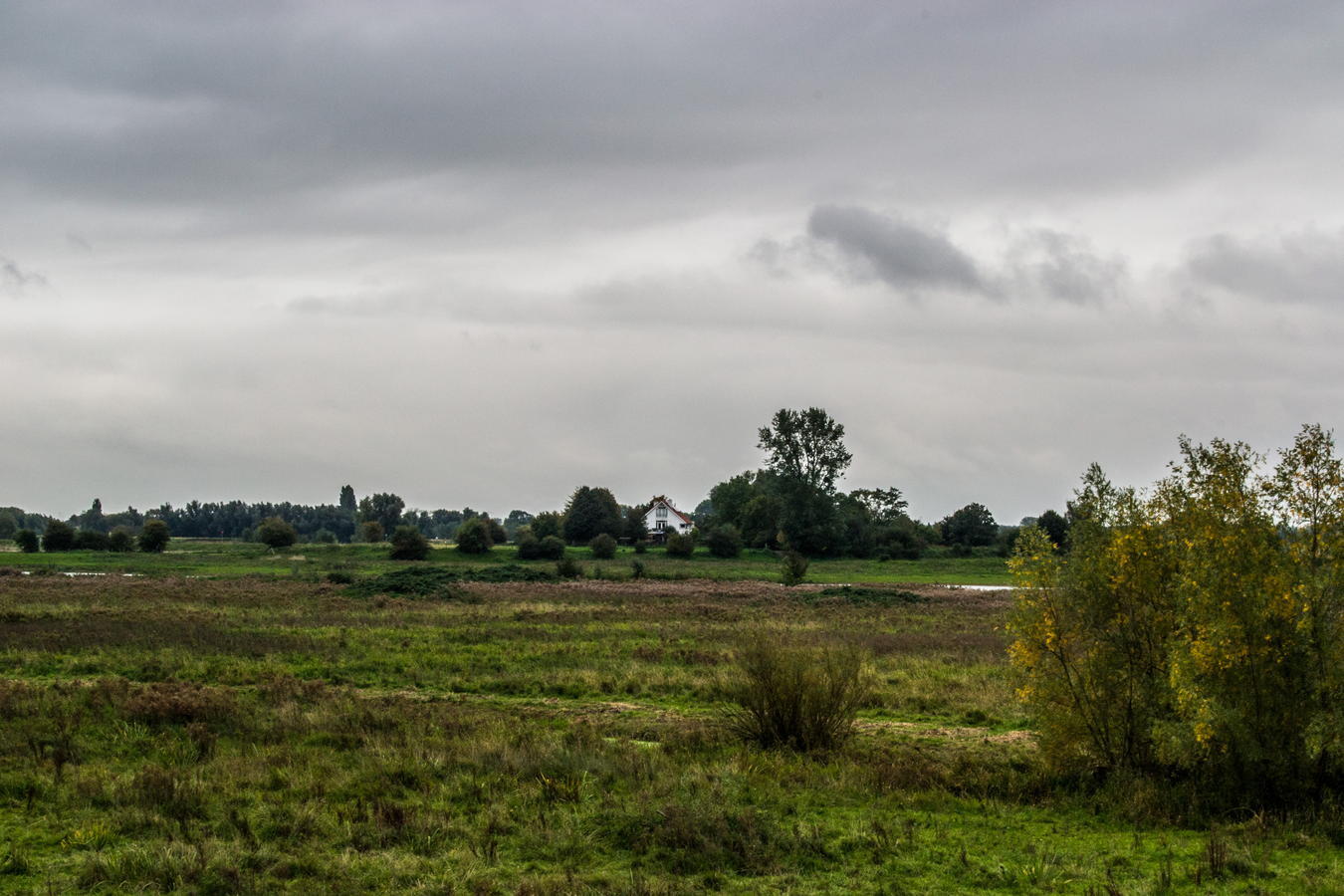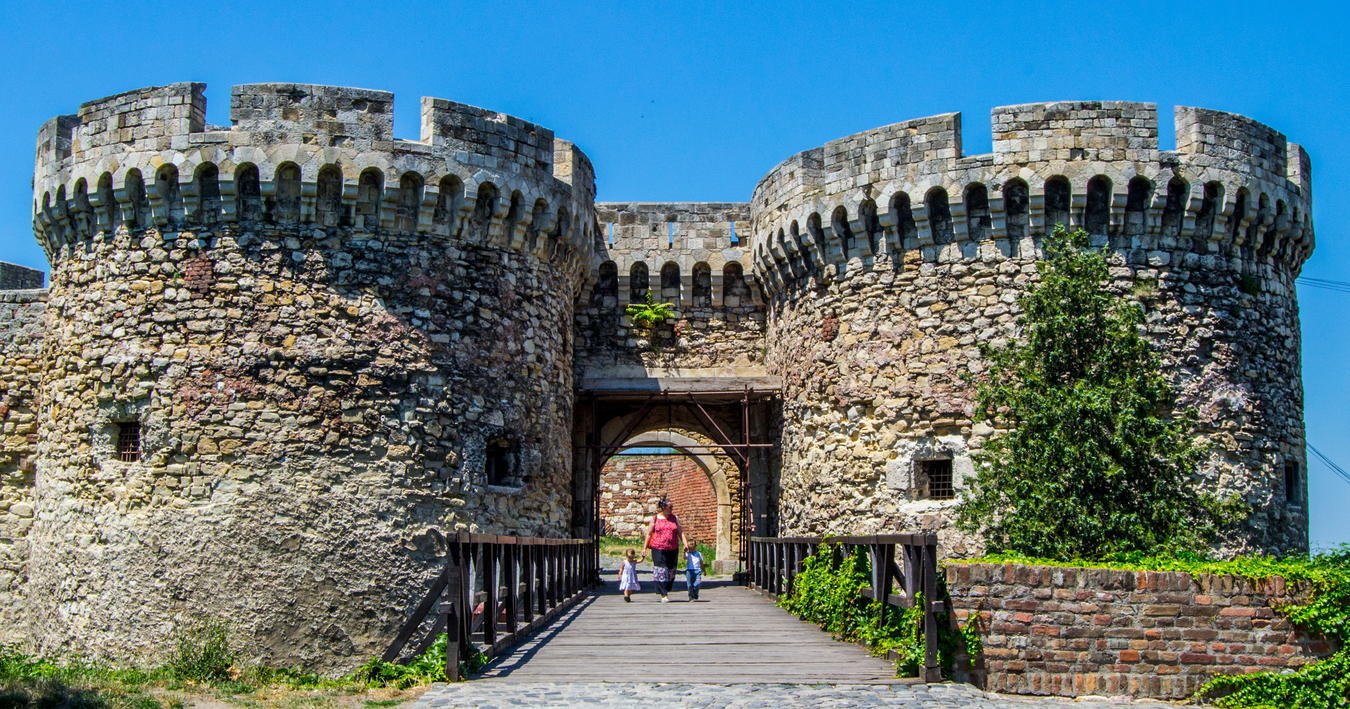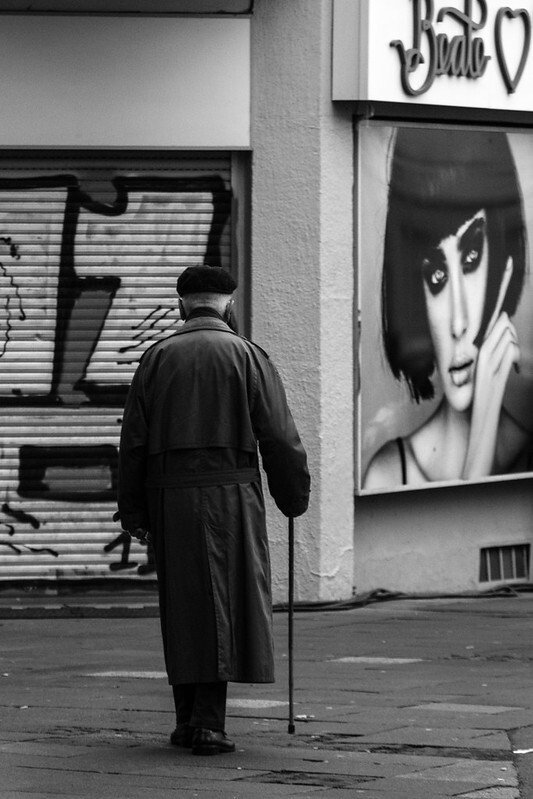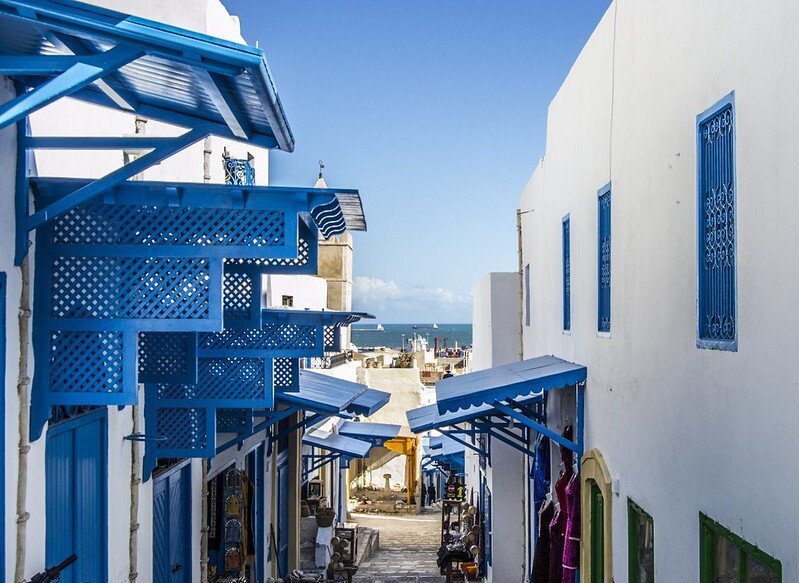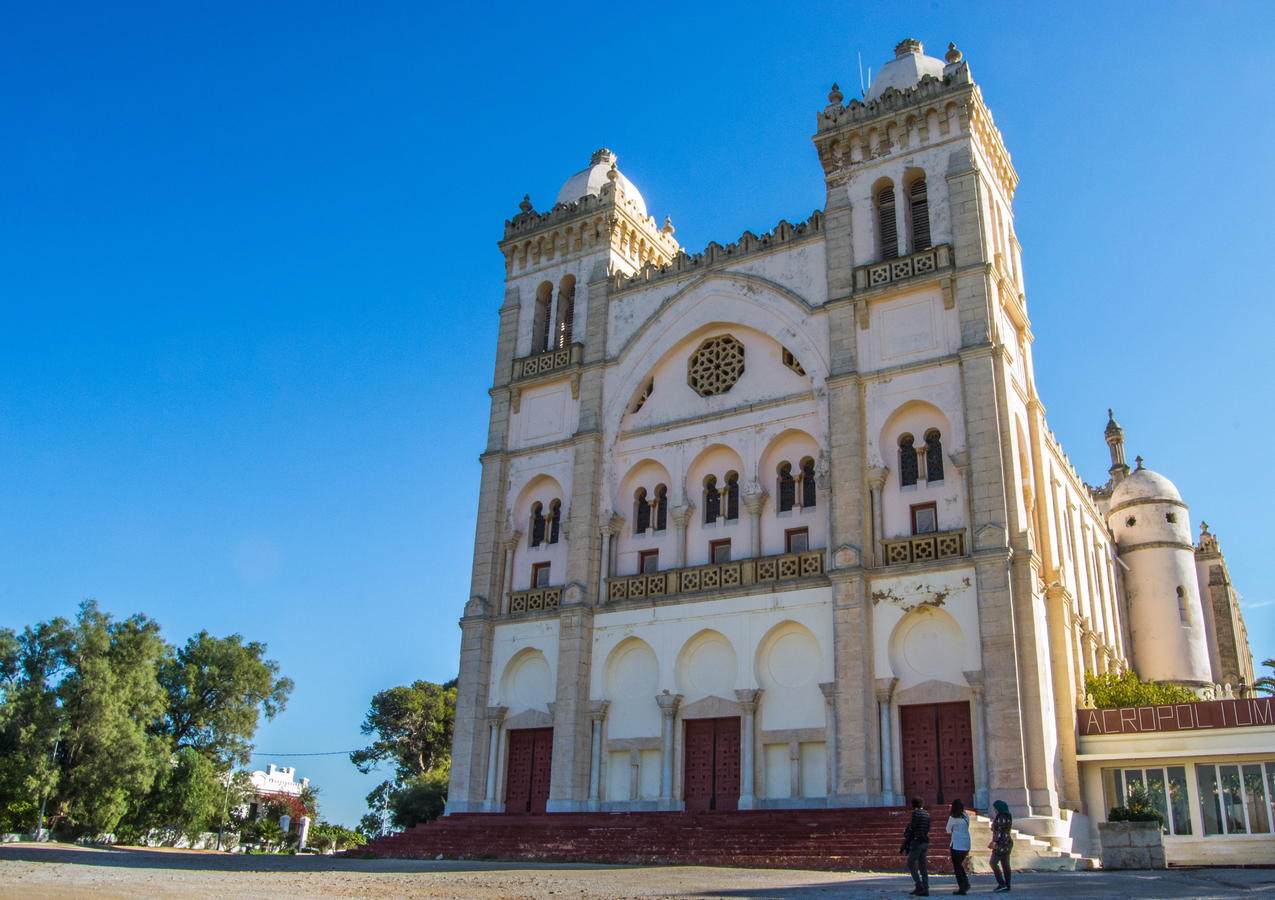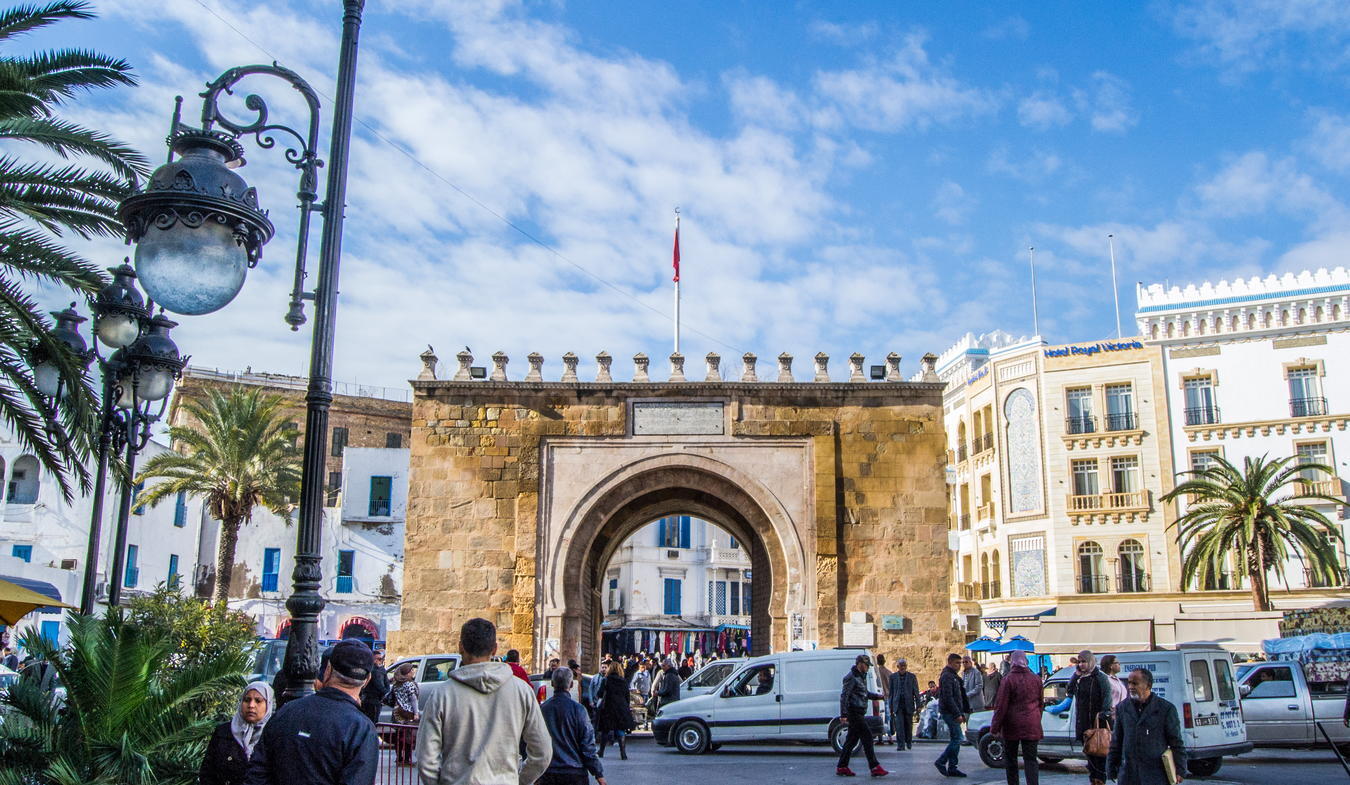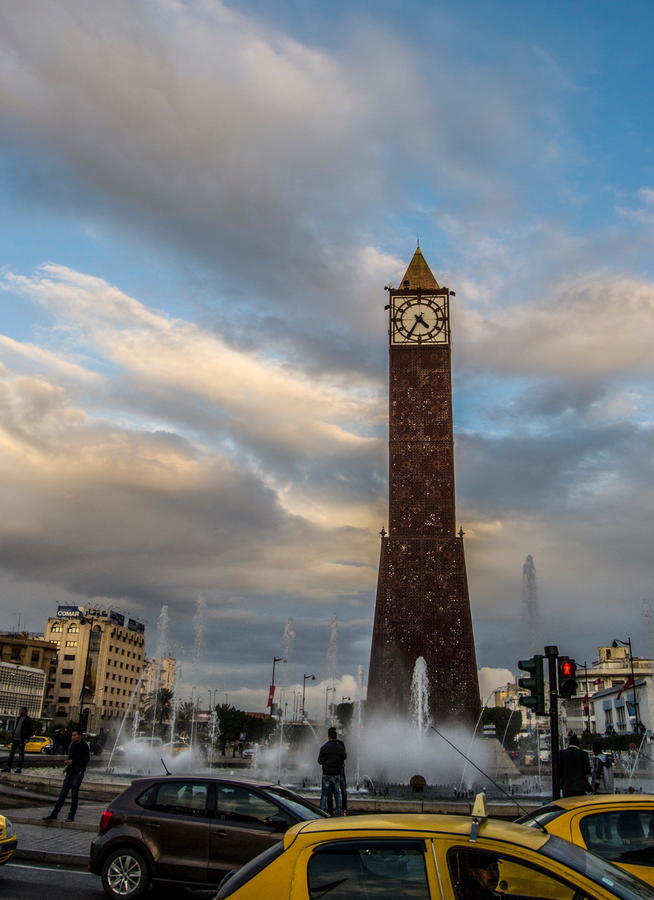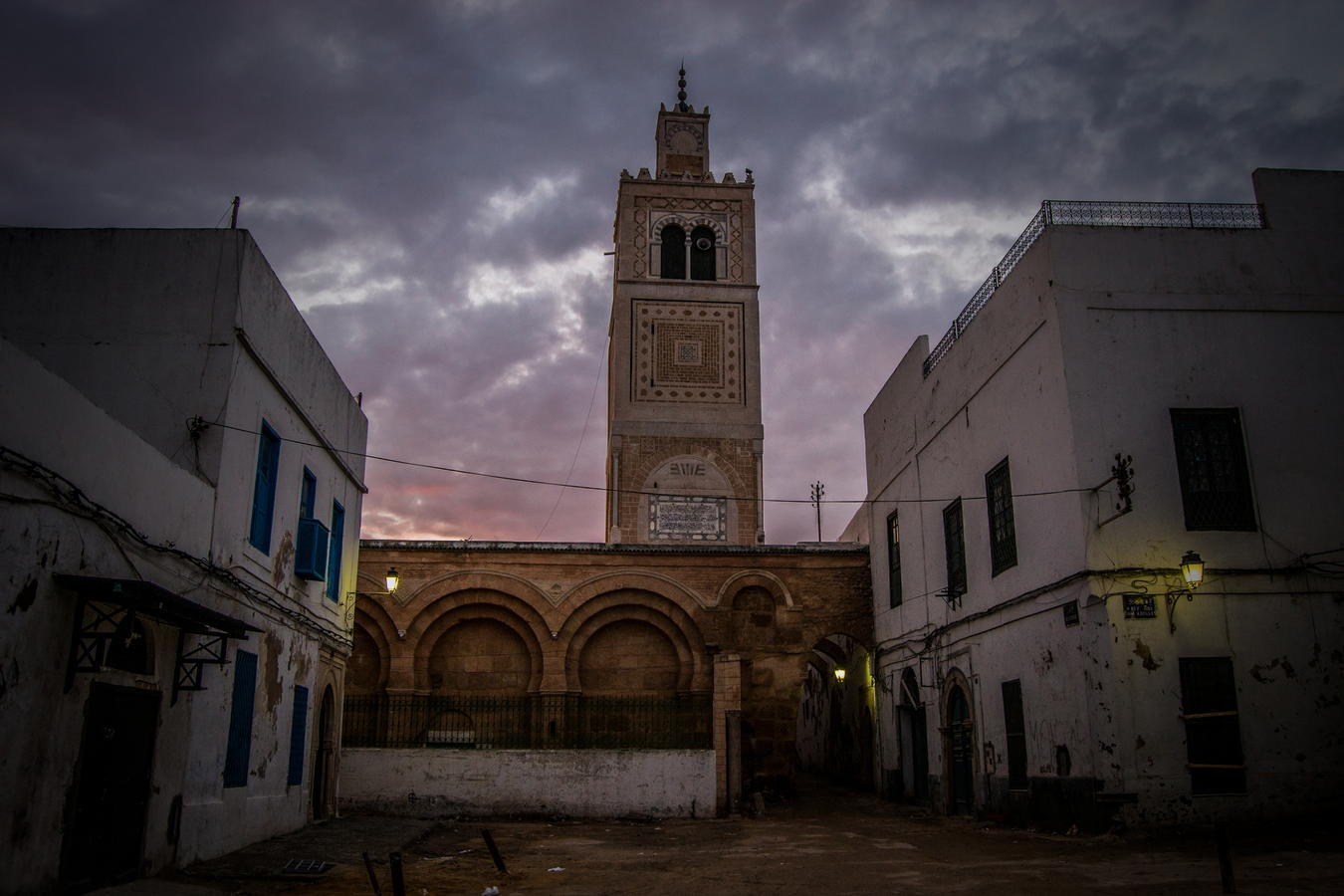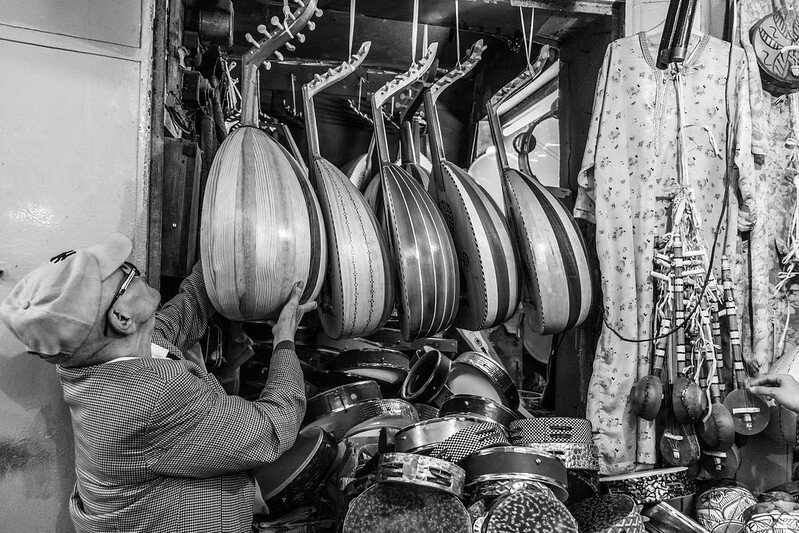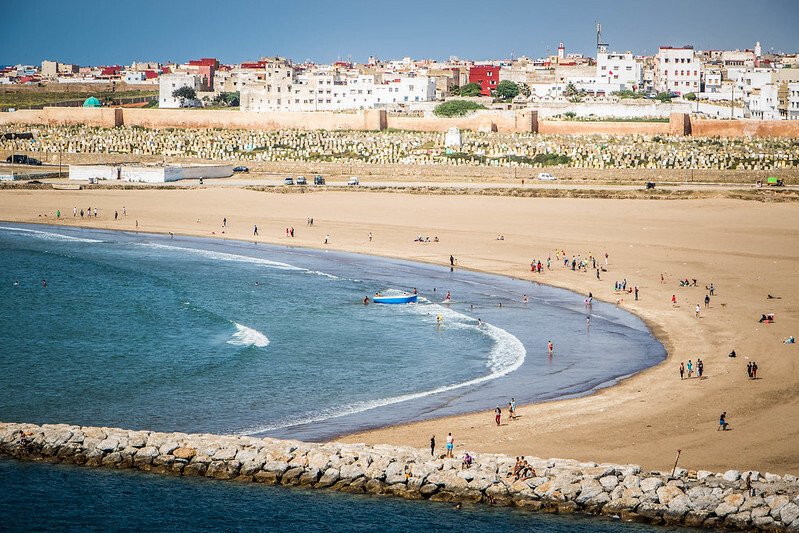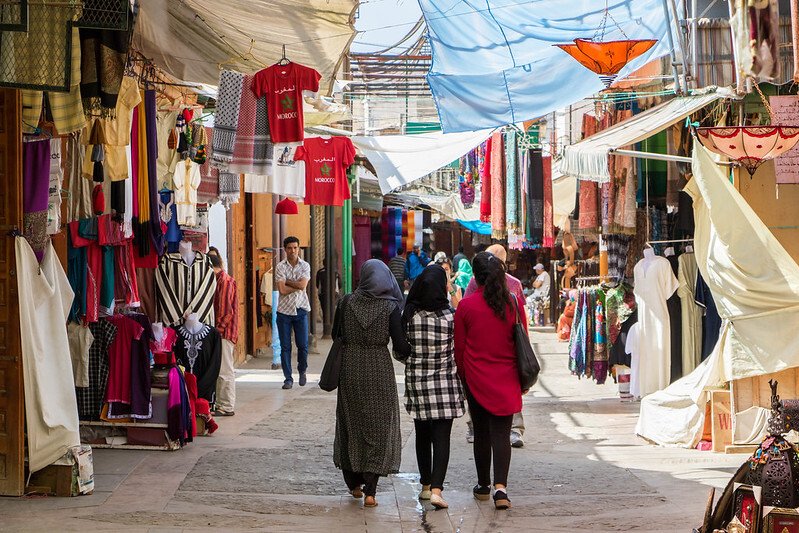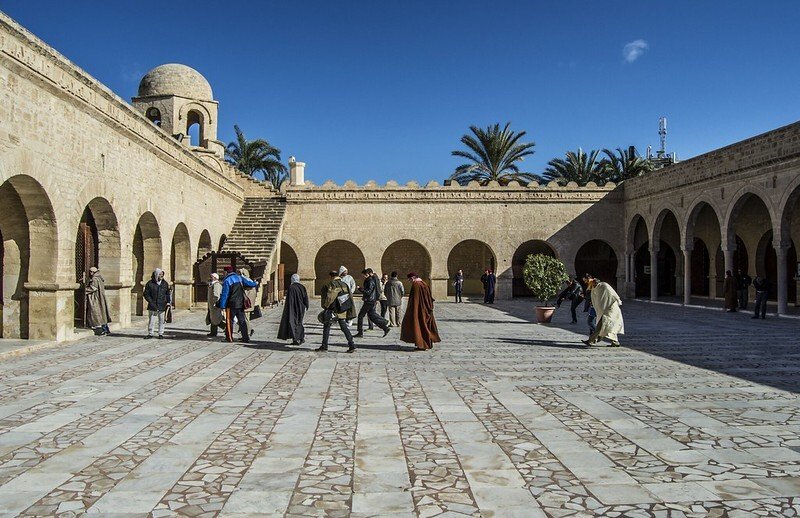
History of The Low Countries - Part 3
Mechelen is a city in the province of Antwerp, Belgium. It lies between Antwerp and Brussels, about 25km from each city.
It grew in importance in the 15th century, when the Low Countries came under the rule of the Dukes of Burgundy, marking the beginning of a prosperous period. In 1473, Charles the Bold moved several political bodies to the city, and Mechelen served as the seat of the Superior Court until the French Revolution.

Grote Markt Square in Mechelen
The highly lucrative cloth trade gained Mechelen wealth and power during the Late Middle Ages and it even became the capital of the Low Countries in the first half of the 16th century under Archduchess Margaret of Austria.
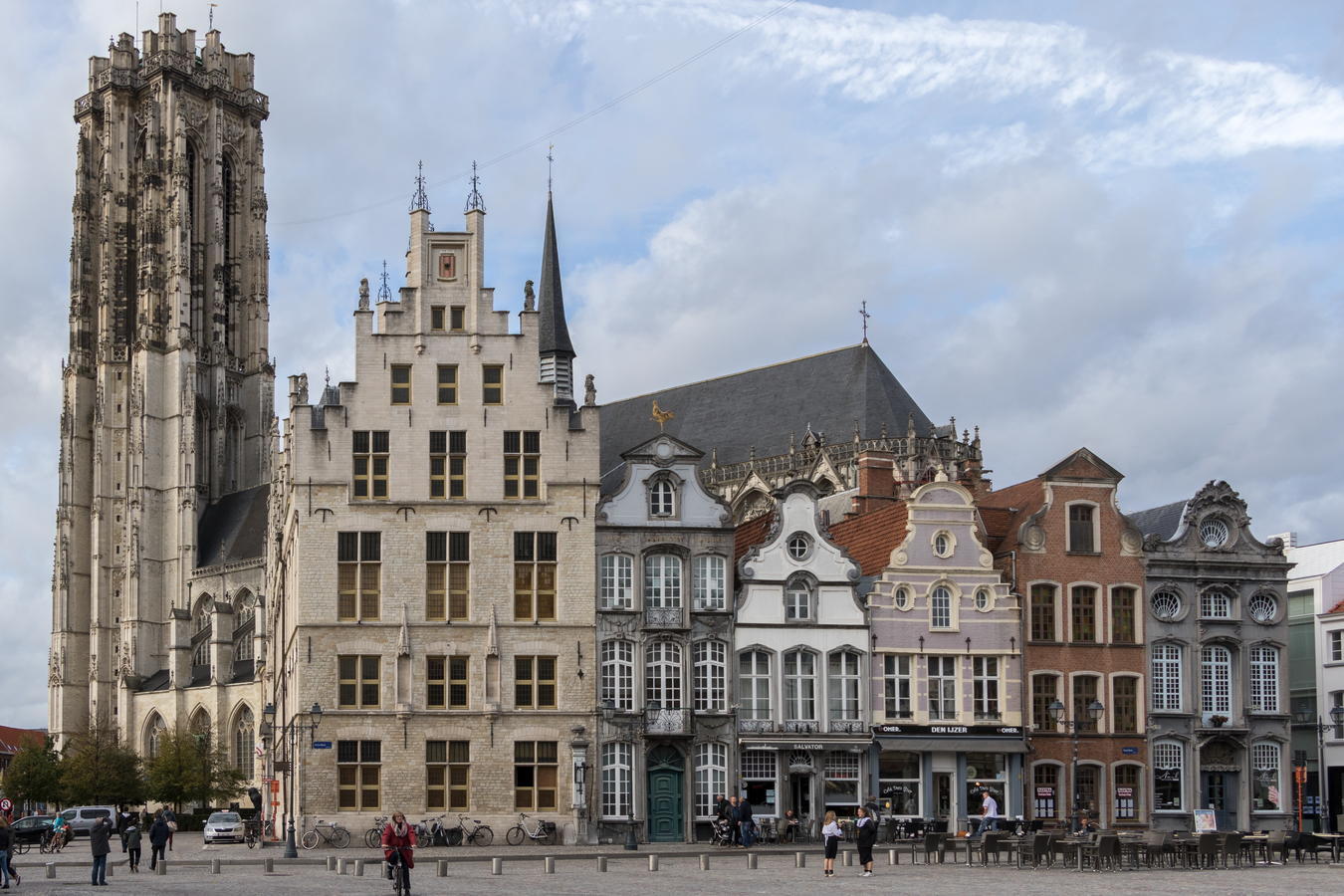
Dutch architecture buildings from Grote Markt
During the 16th century Mechelen's political influence decreased dramatically due to many governmental institutions being moved to Brussels in 1530. Mechelen compensated for this by increasing prominence in the religious arena: in 1559 it was proclaimed the Archdiocese of Mechelen, seat of religious authority over the territory that would eventually become Belgium. In 1961, "Brussels" was added to the title, resulting in the current Archdiocese of Mechelen–Brussels.
Brussels, capital of Belgium. Its original Dutch name is Brussel. Nowadays it is officially the Brussels-Capital Region comprising 19 municipalities, one of which is the City of Brussels municipality. City of Brussels is also capital of the Flemish Region for historical reasons.
Belgians are very complicated I know. 😅
When the last Burgundy ruler of the Netherlands, Mary, wife of Maximilian I of Austria, died, starts the Austrian rule of the Low Countries. In 1506 Charles V (born in Ghent, Flanders) who then also became King of Spain and even Holy Roman Emperor at the death of his grandfather in 1519, inherited the rule of the Habsburg Netherlands. Charles was now the ruler of a Habsburg Empire "on which the sun never sets" with Brussels serving as one of his main capitals.
In the 14th century, the Duke of Brabant wished to reward the City of Lier for joining his fight against the City of Mechelen. He offered the city the choice of either hosting a university or a livestock market. The city notoriously selected the livestock market option, upon which the Duke is reported to have sighed: "Oh, those wretched sheep heads". The university was eventually seeded in the city of Leuven, and it became one of Europe's first and most prominent universities. The nickname Schapekoppen (Sheep Heads in Dutch) is still used in Flanders to refer to the inhabitants of Lier.
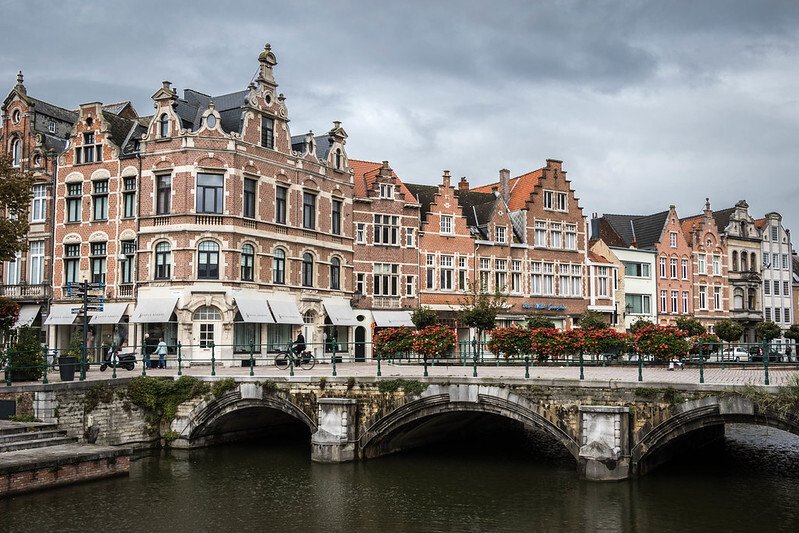
Lier, in the province of Antwerp
Before the reign of Charles V, The Low Countries had been unified by his Burgundian ancestors, but nominally were fiefs of either France or the Holy Roman Empire. Charles won the Guelders Wars and united all provinces under his rule, the last one being the Duchy of Guelders. In 1549, Charles issued a Pragmatic Sanction, declaring the Low Countries to be a unified entity of which his family would be the heirs.
The Duchy of Guelders was a duchy of the Holy Roman Empire. It was named after the town of Geldern, in present-day Germany.
The Duchy of Guelders fought Emperor Charles V, who claimed it, with the help of France. But the French were engaged on multiple fronts as they were in the long struggle against the Habsburg "encirclement" of France. In 1543 Duke William of Guelders conceded the duchy to the Emperor.
Now a Bitcoin fact: Arnhem Bitcoin City is located in Gelderland.
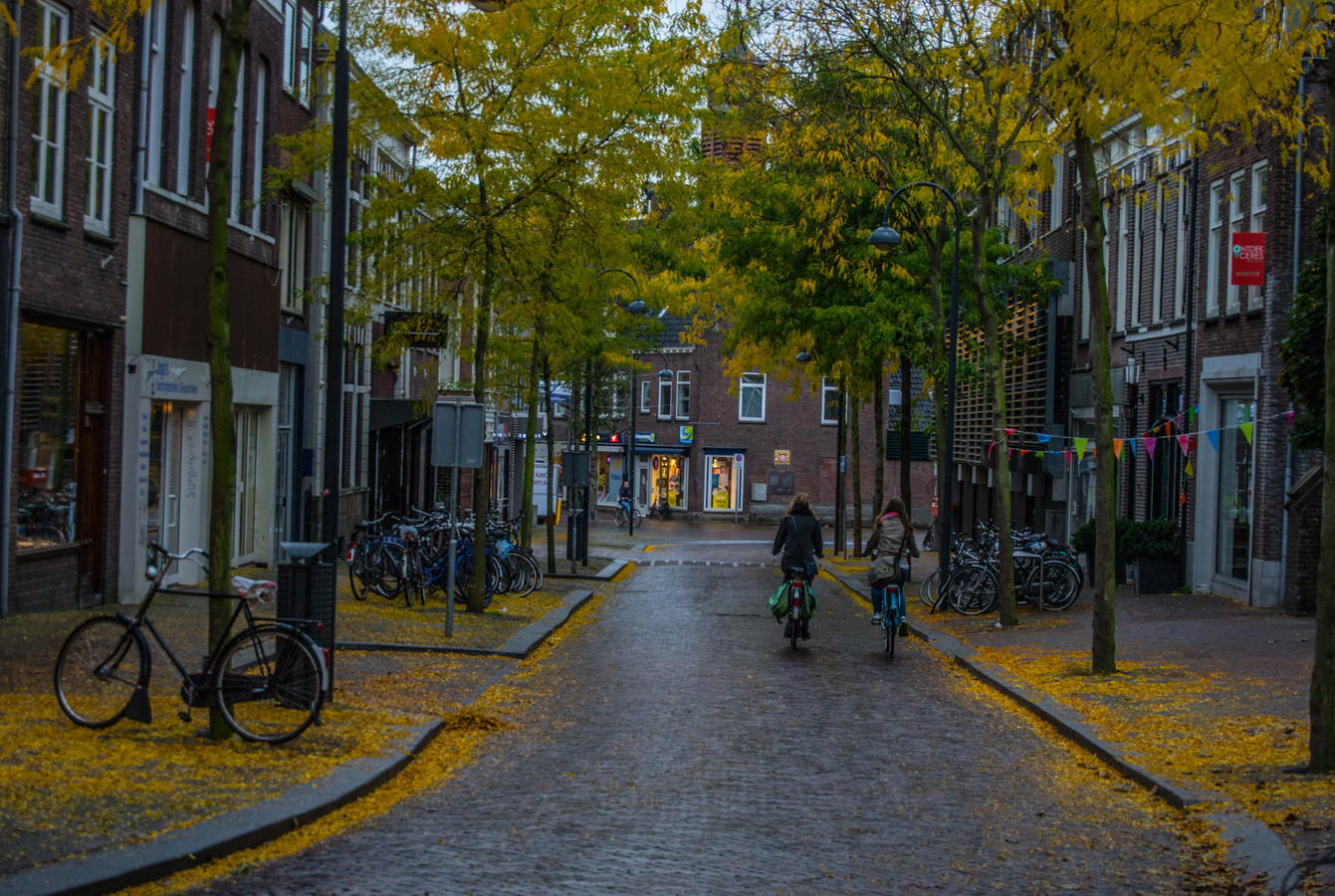
Wageningen, a town in Gelderland
The Low Countries were generally loyal to Charles V throughout his reign. But Ghent, the city where Charles was born, rebelled in 1539 due to heavy tax payments demanded by him. The rebellion did not last long, as Charles's military response with reinforcement from the Duke of Alba was swift and humiliating to the rebels of Ghent.

Old Flemish buildings in Ghent
After the 1539 Revolt of Ghent, Charles V obliged the city's nobles to walk in front of him barefoot with a noose around the neck; since this incident, the people of Ghent have been called "Stroppendragers" (noose bearers). Saint Bavo Abbey, which was the oldest abbey in Ghent, was abolished, torn down, and replaced with a fortress for Royal Spanish troops. Only a small portion of the abbey was spared demolition.
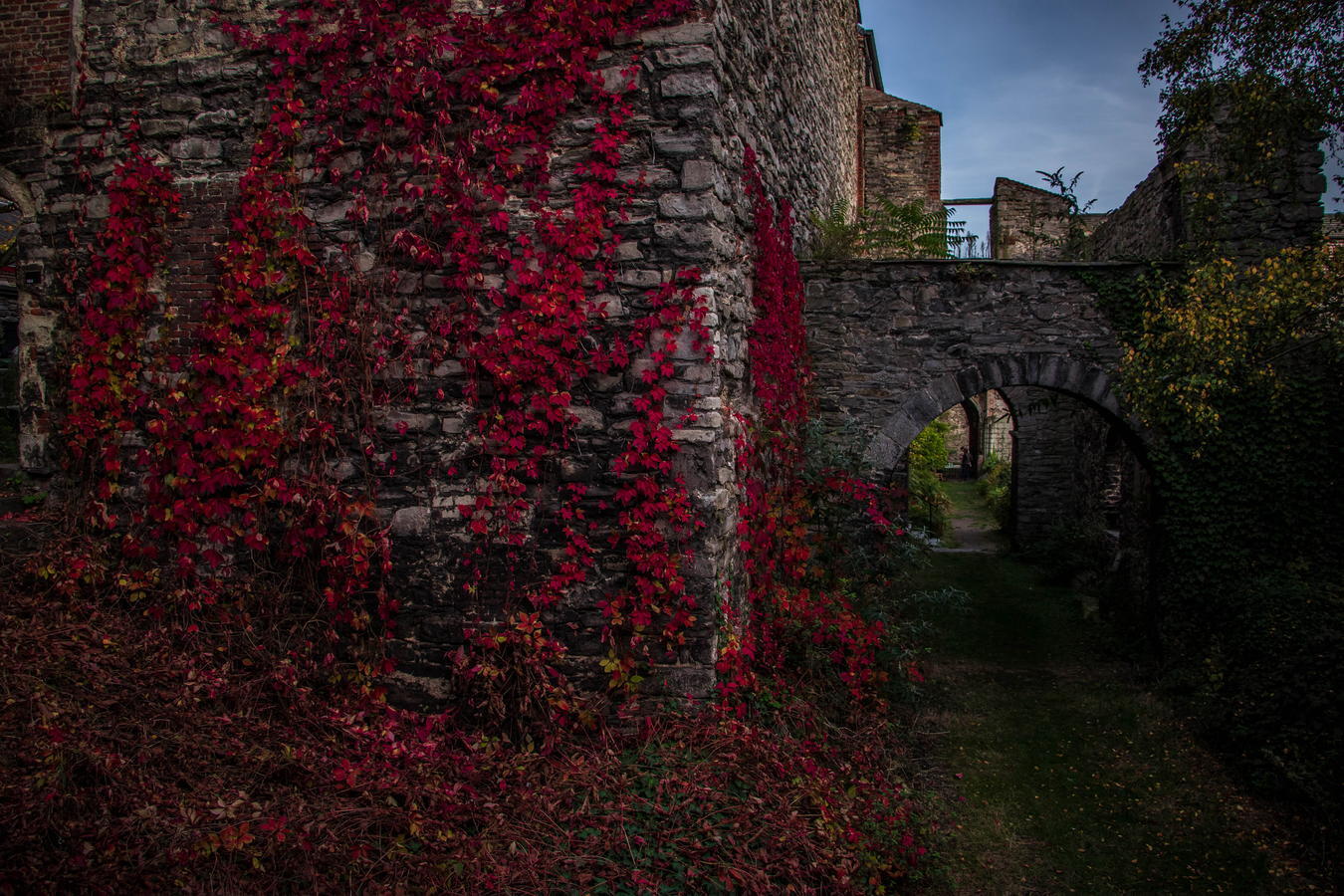
The ruins of Saint Bavo's Abbey, Ghent
TO BE CONTINUED

